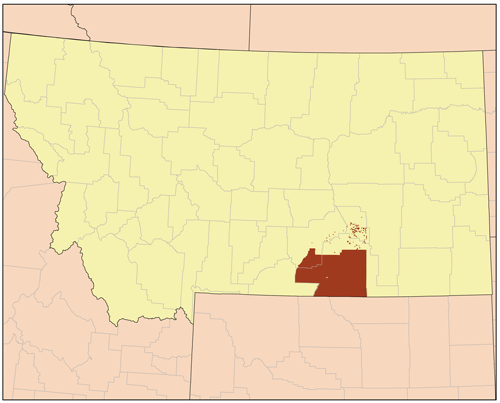Apparently Johnny Depp tried to recreate the top picture in portraying Tonto, and produced the bottom picture. Take a minute to observe his interpretation:


Jessica Luther says most of what needs to be said about these two pictures -- mostly about the stripes -- but I wanted to add a couple observations.
The top picture is entitled "I Am Crow" and its aesthetic is not realistic: whatever you want to call that crow flying in the air behind him, the one thing it is not is a literal crow body sitting literally on his head. It's partly a trick of perspective -- the other crows in the air show it to be one of many crows far off in the distance, only apparently situated in line with his head -- but this trick of perspective is also the means by which the artist demonstrates the present tense of the title, "I Am Crow." This trick requires work. And to be a member of the Crow nation -- as the subject of the painting is apparently doing -- also requires a certain kind of expressive work: you have to say that you are, claim it, speak it into existence. The artist is not making this claim on his own behalf, of course (being is "of non-native blood, without personal history," he says that it would be presumptuous to claim a personal connection), but I think he is right to show this act of identification as requiring a certain kind of labor, that cannot be taken for granted: you have to stage the performance of Crow identity, prove it.
Why do you have to prove it? Well, partly because any assertion of a public identity is constituted by its discourse. Benedict Anderson, Michael Warner, etc. But more directly, the Crow nation is an identity that cannot be taken for granted because of genocide, not to put too fine a point on it. To the extent that it lives on, it carries this burden of death and destruction with it, and will, forever or for a long time. And this is probably why much of the discourse on native peoples ends up on spirituality, especially as that theme is taken up by non-native peoples writing about native peoples: it's a function of the fact that so much of what was one a vibrant life-world now resides in the wherever-it-is-that-people-go-when-they-die world or in the intangible world of discourse (and that which lives on has an uncanny, unsettling place in the national US narrative). Jonathan Lear's Radical Hope -- also about the Crow, coincidentally -- is one of the most remarkable books I've ever read because of the ways he thinks about this problem as an ongoing problem for the survivors, the burden of continuity for the living. And this is exactly the point: to take up that identity, after the possibility of being Crow in the old sense has died, one must speak, announce, articulate a new way of doing it. When there are no more buffalo to hunt -- making literally impossible every ritual by which Crow identity had traditionally been imagined and performed -- you have to do something else, you have to imagine and speak into existence new ways of being that continuity.
I don't make any particular claims on behalf of Kirby Sattler's painting, "I Am Crow." If it's more lovely than Johnny Depp's minstrelsy, it's also not surprising, not that distinct from a long tradition of Orientalizing portraits of American native peoples, starting in the 18th century and earlier. And I suspect that Sherman Alexie's "Crow Testament" has a bit more to say that's worth saying than that painting, for a start (if maybe only a start). Whatever it really means to say "I Am Crow" is probably best understood by the people who live here (and the Crow people who live elsewhere):

But I think it's worth noting how the work of speaking an identity into existence has disappeared in Johnny Depp's attempt at what he might see as a faithful portrayal, how he has erased the conceptual work of taking two far away objects (a head, a bird) and arranging them so that a conceptual linkage is made to obtain, and instead, he has replaced all of this with a dead piece of meat, even a trophy. He has fetishized it, made a commodity of it. Say what you want about the "native spirituality" cage of discourse -- that Alexie, for example, is always chafing against -- but given the choice between native identity being that and being a literal (and stinking, presumably) dead piece of meat sitting on your head, well, there is a reason Coleridge picked wearing a dead bird forever as the curse of the ancient mariner, and it wasn't respect for cultural traditions. But it does seem right, in its own way, for a character who is both literally and visually secondary to the figure of the Western cowboy -- subordinated by the mythical figure who historically exterminated so many native peoples -- to have his identity situated inside the rotting materiality of a dead animal.